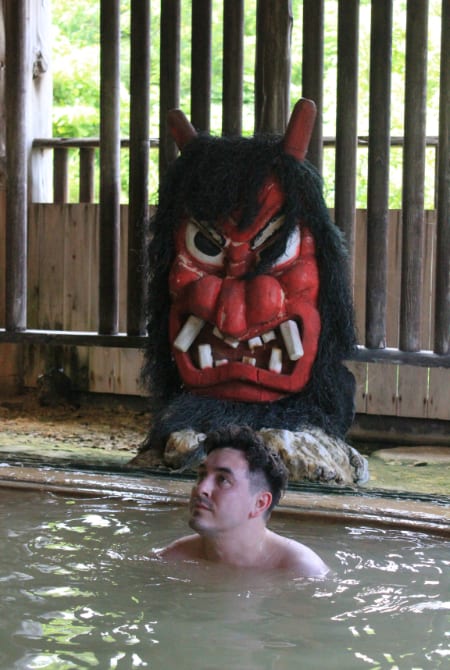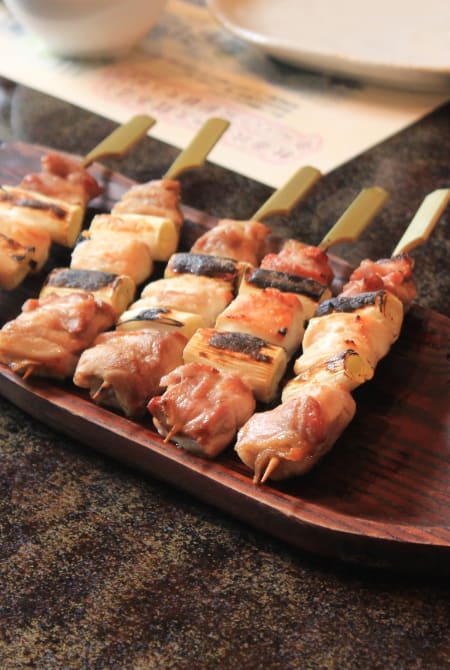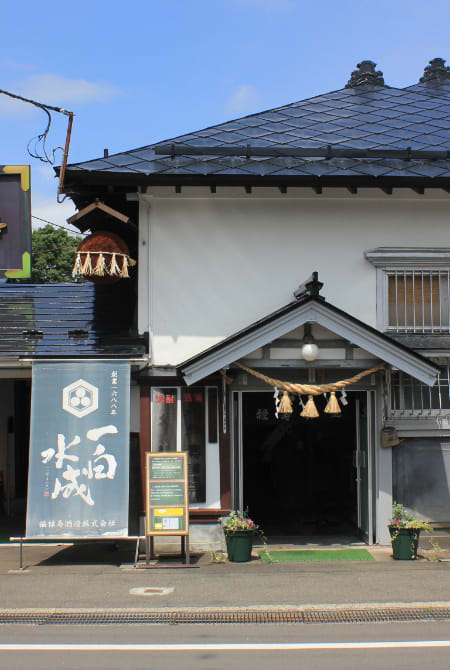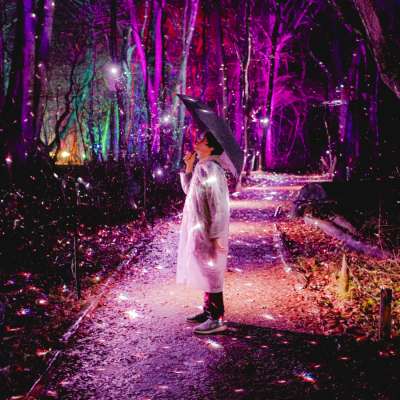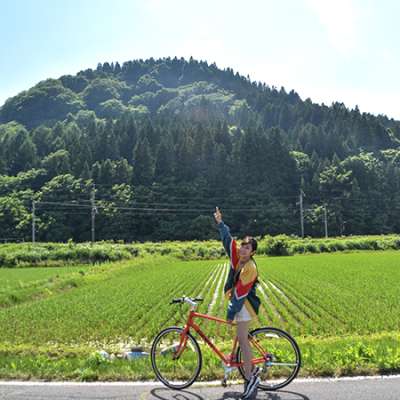Use the
Planning a Trip to Japan?
Share your travel photos with us by hashtagging your images with #visitjapanjp
HOME > Tohoku Colors > Folklore Seeker
About this Tohoku travel
Stunning natural beauty. Tempting local delicacies. Captivating festivals and intriguing folklore.
Tohoku is a veritable treasure trove of things to do and see,
offering visitors many ways to experience the rich cultural heritage of Japan’s northeast region.
Follow UK native Chris Broad, a longtime Tohoku resident and host of the popular YouTube channel Abroad in Japan,
as he explores some of the lively traditions of his adopted homeland,
a place that he says “has an air of mystery and authenticity to it that you'll never be able to find amongst Japan's larger cities.”
Written by Noam Katz
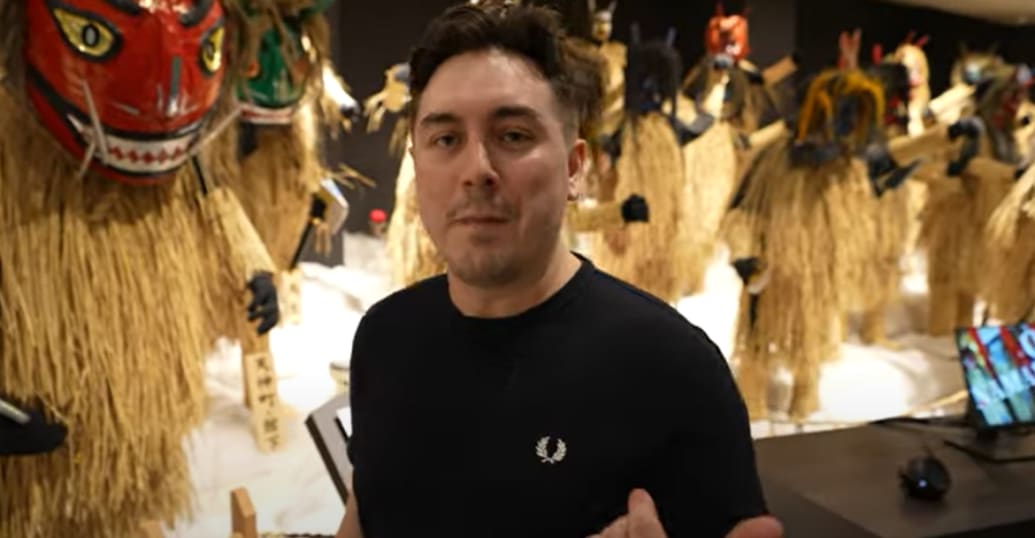
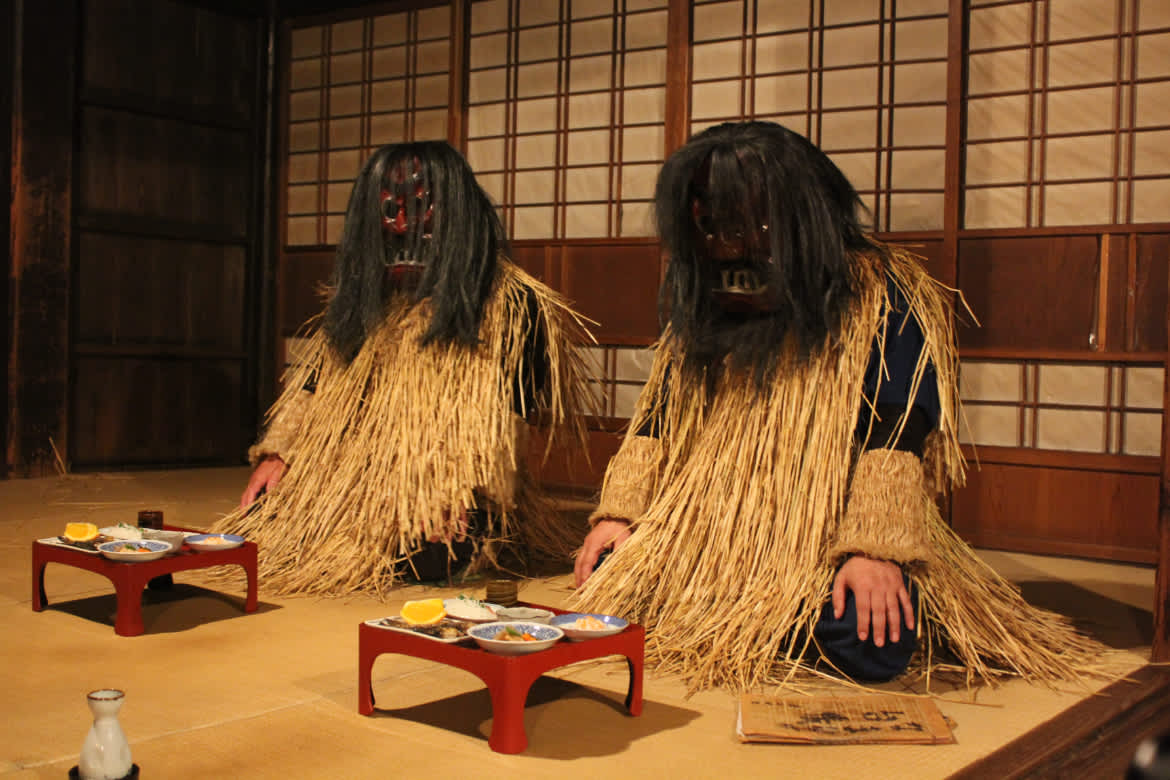
Encounters with Demons
This journey through the northernmost parts of Tohoku starts on Akita’s Oga Peninsula. Jutting out into the Sea of Japan, Oga is not only physically set apart from the rest of the prefecture—with what Chris calls an “enchanting, secluded atmosphere”—but culturally distinct as well. Every year on New Year’s Eve, men in the villages don straw costumes and hand-carved masks, transforming into namahage: bellowing, demon-like beings that make house calls, scaring naughty children and admonishing lazy people.
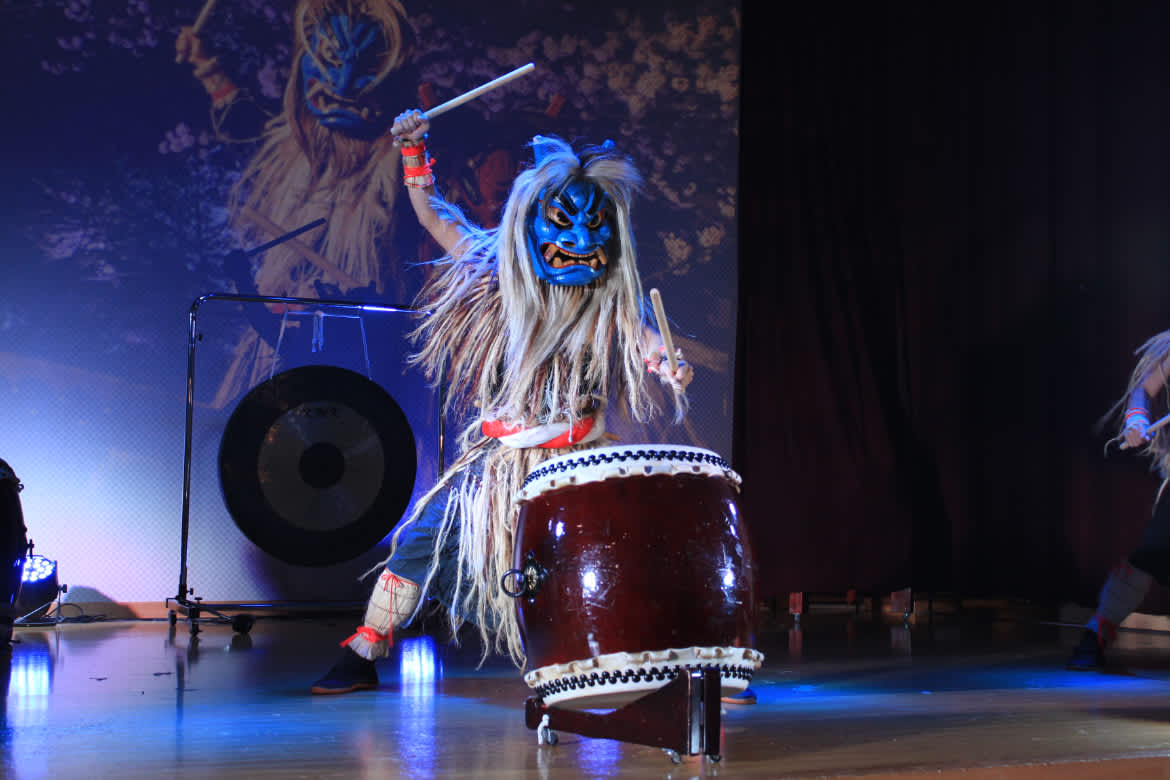
Learn all about this one-of-a-kind tradition at the Namahage Museum and Oga Shinzan Folklore Museum. Besides offering multilingual explanations about the origins of namahage folklore, the museum also highlights the incredible diversity of the costumes, with over 150 distinct masks. The adjacent Oga Shinzan Folklore Museum gives visitors a chance to experience a New Year’s Eve-style namahage visit throughout the year.
Another way to catch these iconic demons is at an evening performance of Namahage-Daiko at Oga Onsen Gofu. Though a somewhat more recent tradition, the namahage ferociously pounding on traditional taiko drums are an impressive sight to behold.
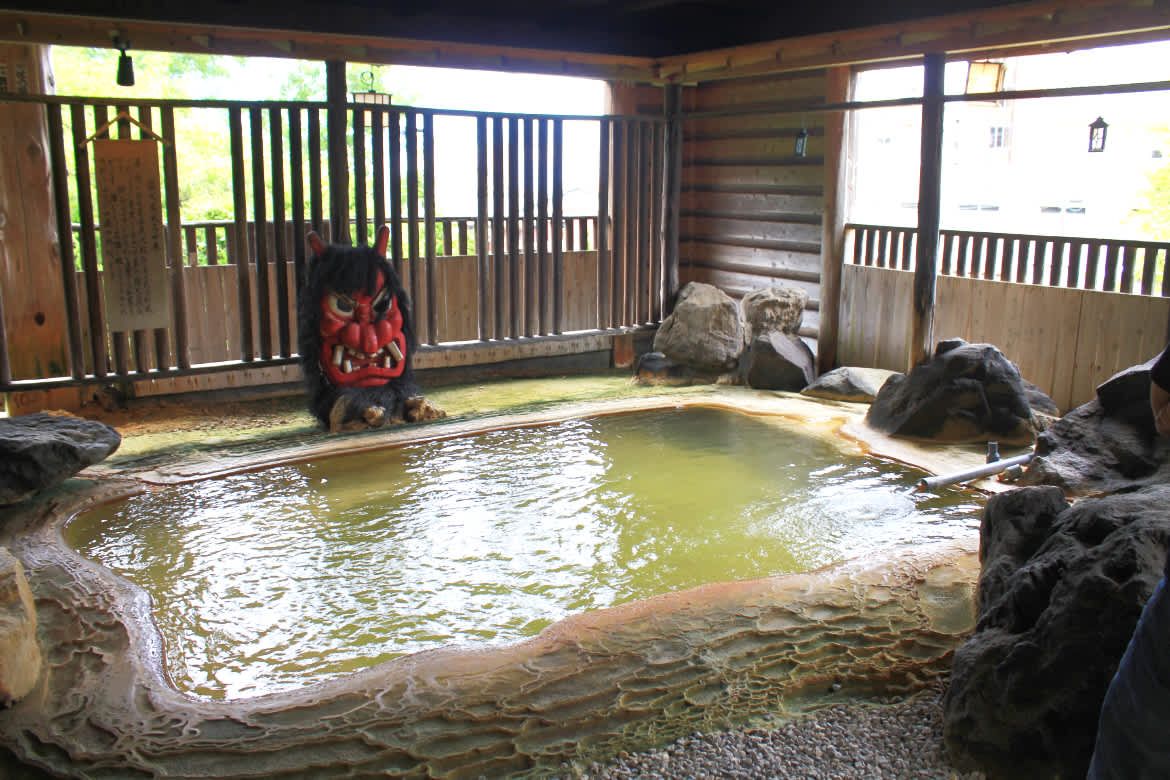
Excellent hot springs can be found all over the Oga Peninsula, but head over to the Yuzankaku Inn for an unforgettable namahage-themed bathing experience. After being greeted by the fearsome figures in the lobby, enjoy a soothing soak under the intense gaze of red and blue namahage masks, both indoors and in the spacious outdoor bath. The natural hot spring water here is so mineral-rich that the facility has to change their pipes every three months to prevent mineral deposits from clogging the tubes.
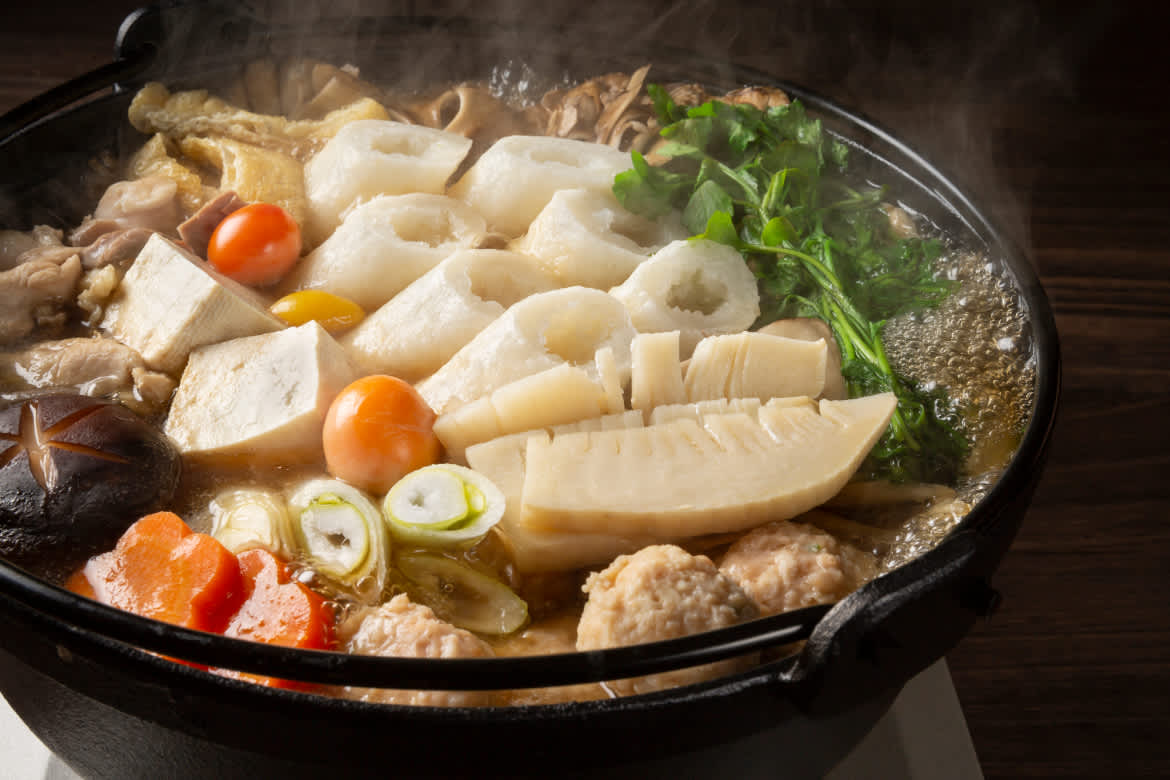
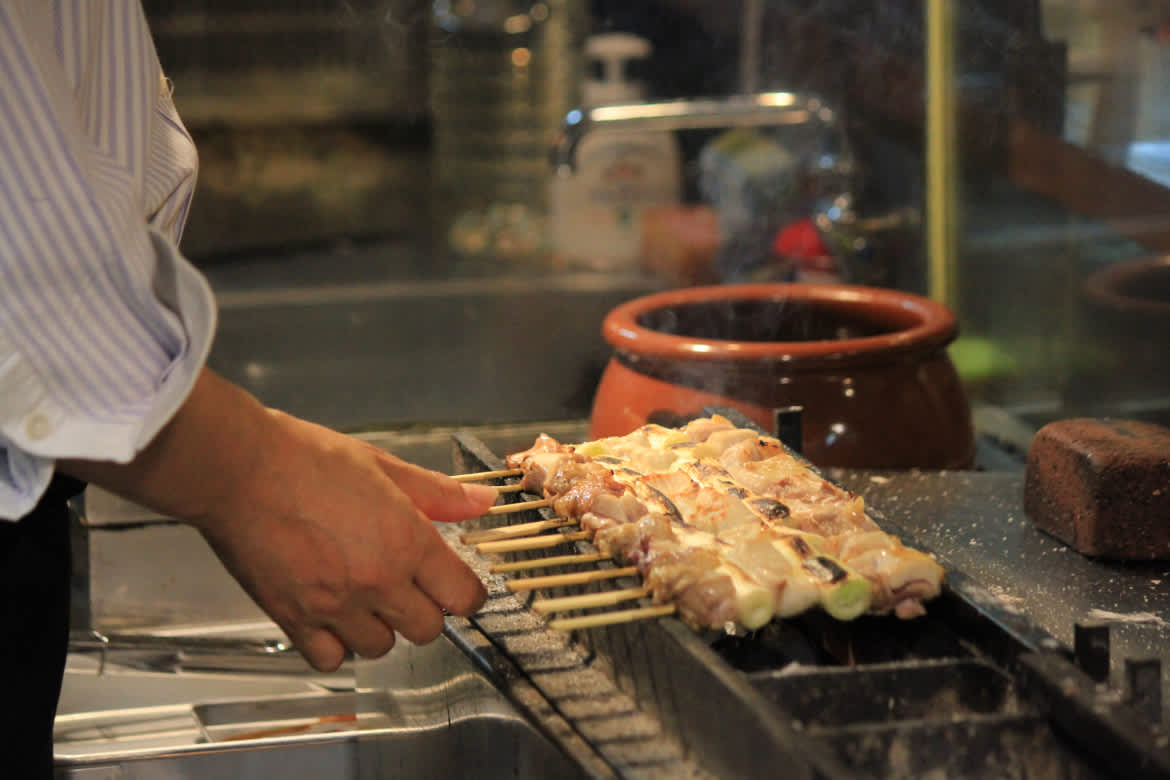
Delicacies of Akita
Akita tempts foodies with many regional specialties, such as Kiritanpo-nabe hot pot made with vegetables and long rice dumplings. Don’t miss Hinai Jidori, a breed of free-range chicken known for its tender, succulent meat, which Chris describes as “mouthwateringly juicy.”
Yakitori grilled chicken and oyako-don, chicken and rich eggs served atop a bowl of rice, are two of the best ways to enjoy this specialty, both of which are popular choices at restaurant Akita Hinaiya in Odate. “Whether cooked slowly over the coals of a yakitori grill or served folded into a fluffy omelet in a bowl of oyako-don, Hinai Jidori chicken always hits the spot!” says Chris. Pair your choice of Akita cuisine with some of the prefecture’s delicious sake for a match made in heaven.
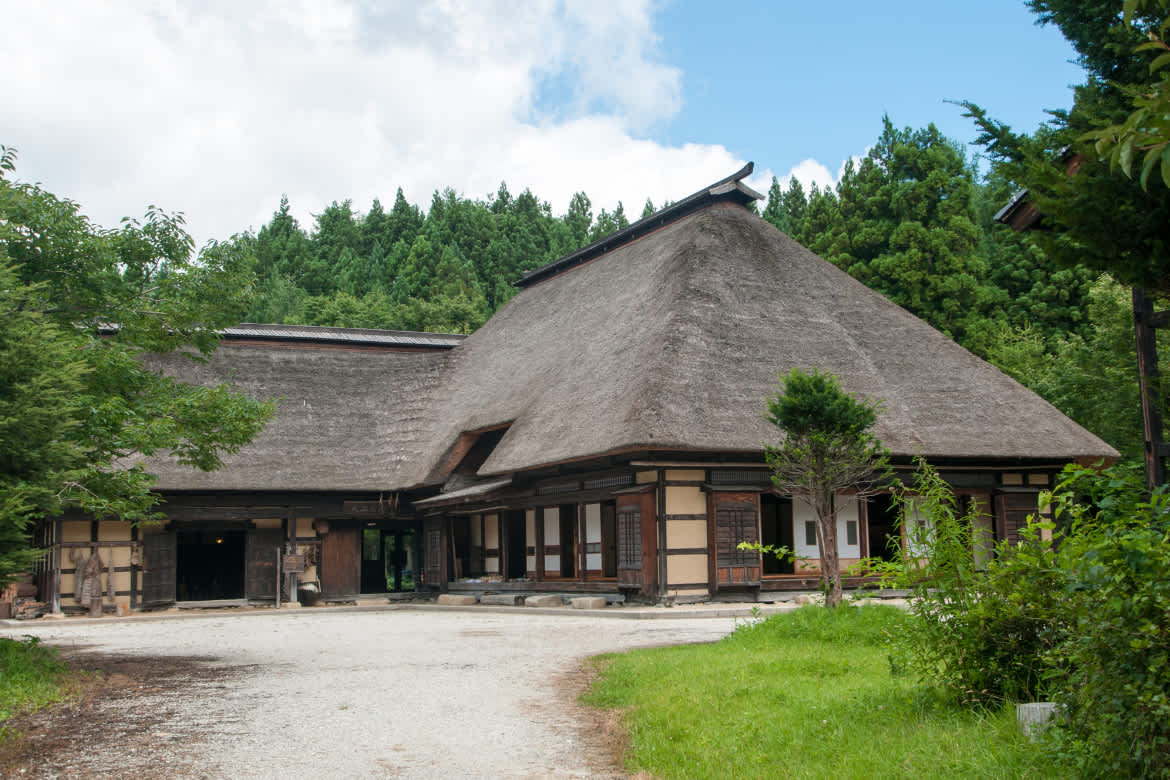
The Land of Legends
To the east of Akita and bordering the Pacific Ocean, Iwate Prefecture has legends and folklore not found anywhere else in Japan. The southeastern city of Tono is at the epicentre of these tales, with several facilities, such as Iwate Tono Denshoen Park, dedicated to stories of the supernatural.
On the premises are several lovely old buildings, including the Kikuchi Family Magariya, a designated Important Cultural Property. Yet the real treasures here are the stories about Iwate’s yokai, supernatural entities and spirits of folklore. Hear stories of the zashiki-warashi, childlike house fairies that bring good fortune to the residents, or oshirasama, generally considered the god of silkworms, agriculture, and horses.
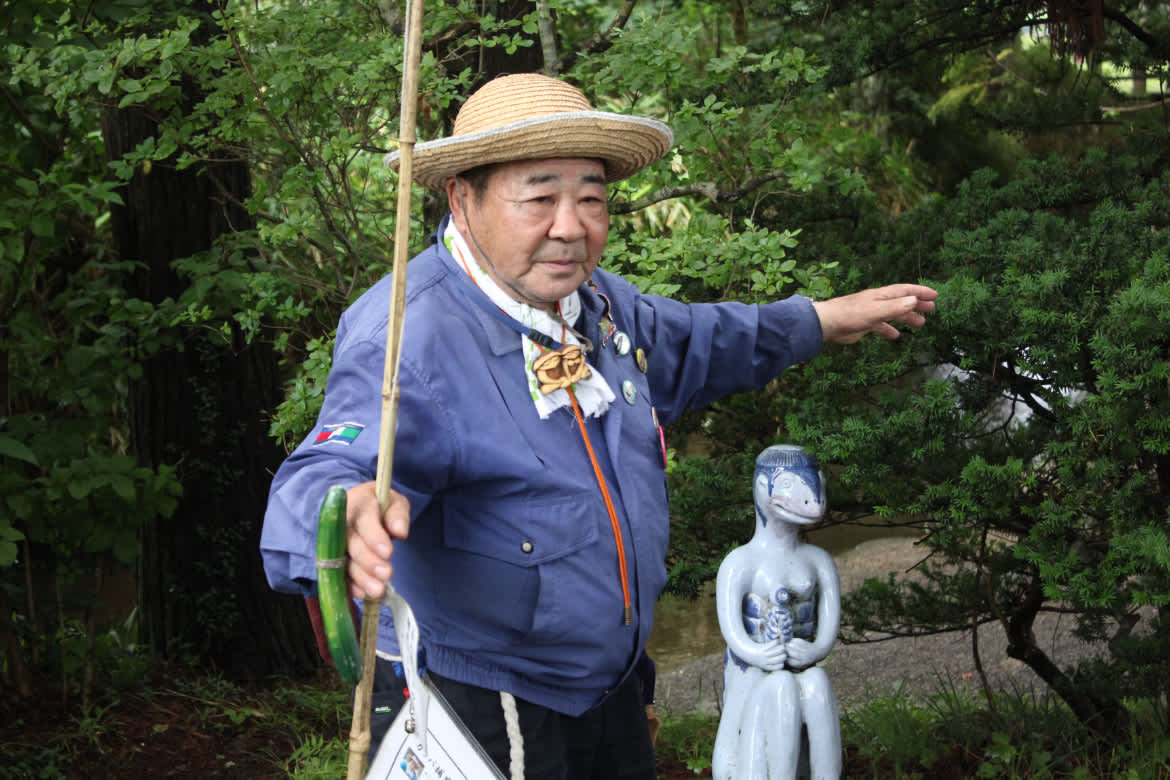
Just a short walk away, behind Jokkenji Temple, runs a small stream called Kappabuchi Pool. This stream is the subject of legend, and a local guide known as Kappa Ojisan (“Uncle Kappa”) has been passing the tale down to younger generations.
According to legend, it is inhabited by water-dwelling yokai known as kappa. Humanoid in figure with webbed hands and feet, the kappa are reputedly both mischievous and friendly.
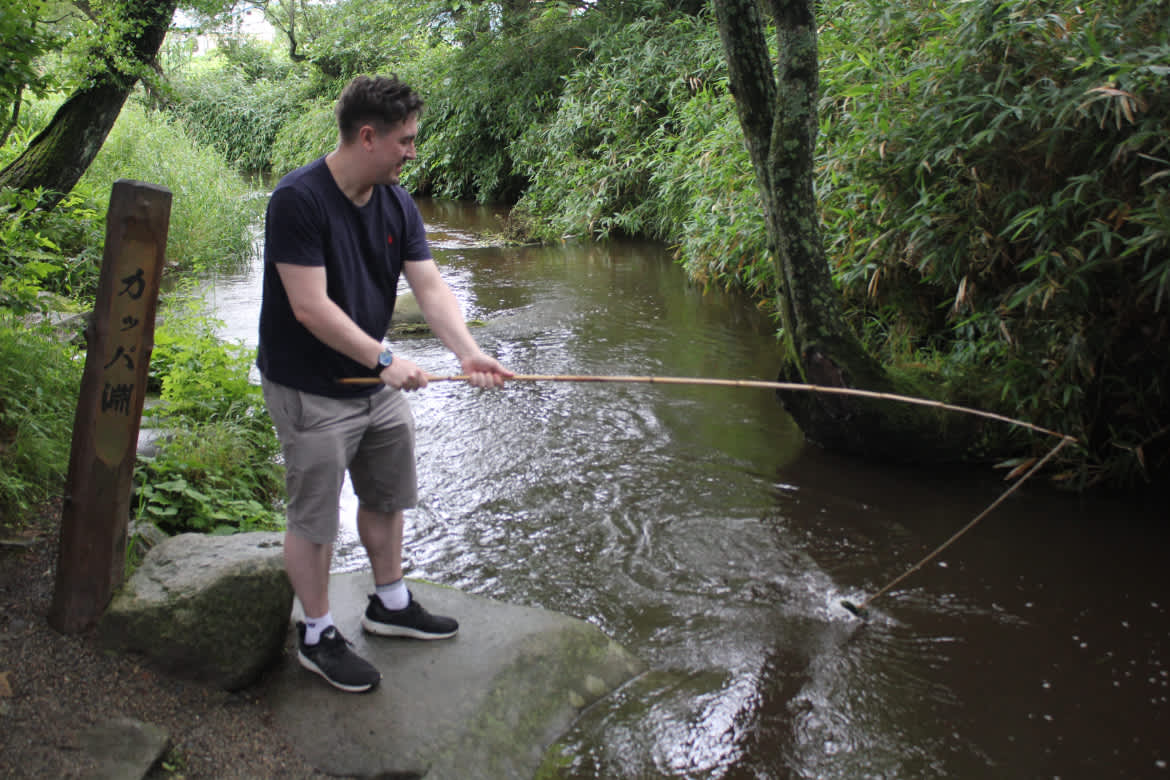
A small shrine at the edge of the stream is dedicated to a kappa deity, and legend has it that if a woman visits the shrine after giving birth, she’ll be able to breastfeed better. Hang a cucumber (the kappa’s favorite food) from a line attached to a bamboo pole, and try your luck at snagging one of these elusive creatures.
Nearby in Tono’s hills is Takamuro Suikoen, a water-themed village complete with rustic, thatched-roof structures, water wheels, and fishing ponds, where artisans also make doburoku, a kind of homebrewed alcoholic beverage made from rice.
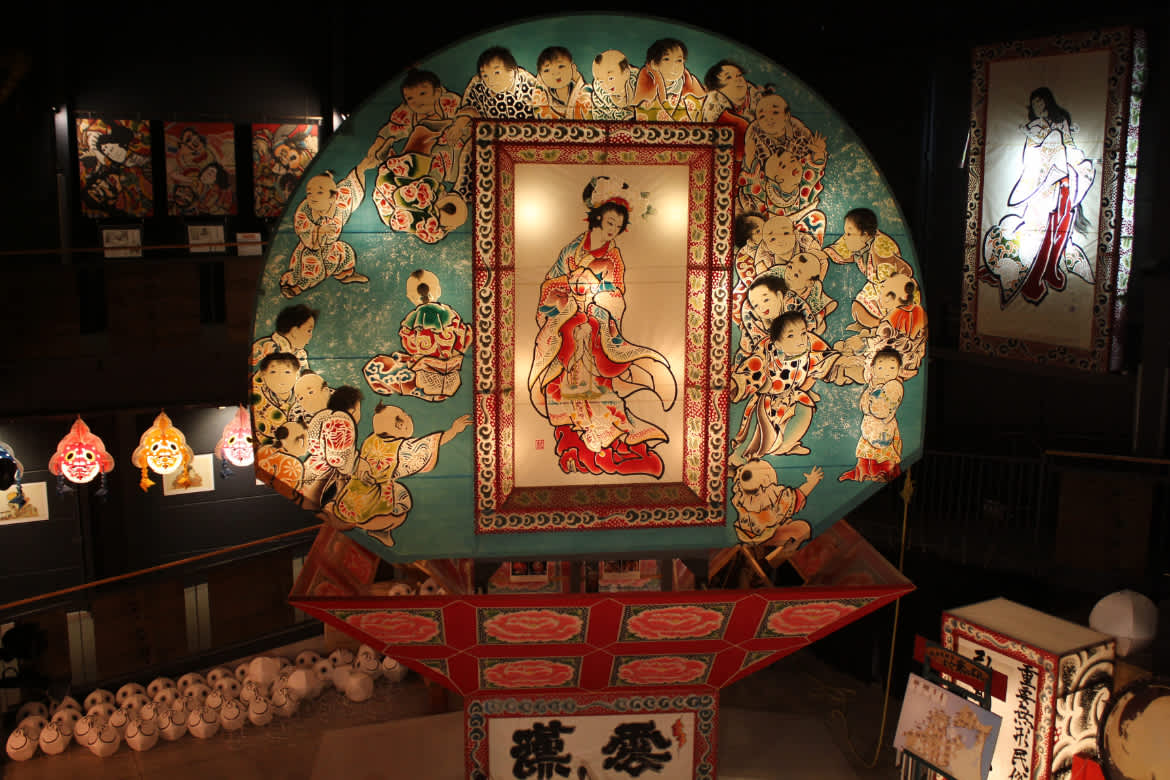
Tracing the Roots of Japanese History and Culture
Aomori’s Hirosaki City was once the centre of the former Tsugaru Domain, and the city retains a number of reminders of its illustrious past. Castle ruins, Buddhist temples, and historic Western-style buildings dating back to the late 19th and early 20th centuries add to the city’s charm, while the Neputa Matsuri, a summer festival held in early August, draws crowds to see spectacular floats painted in vibrant colors. Chris believes this festival, a designated Important Intangible Folk Cultural Property, is “among the most visually striking in all of Japan.”
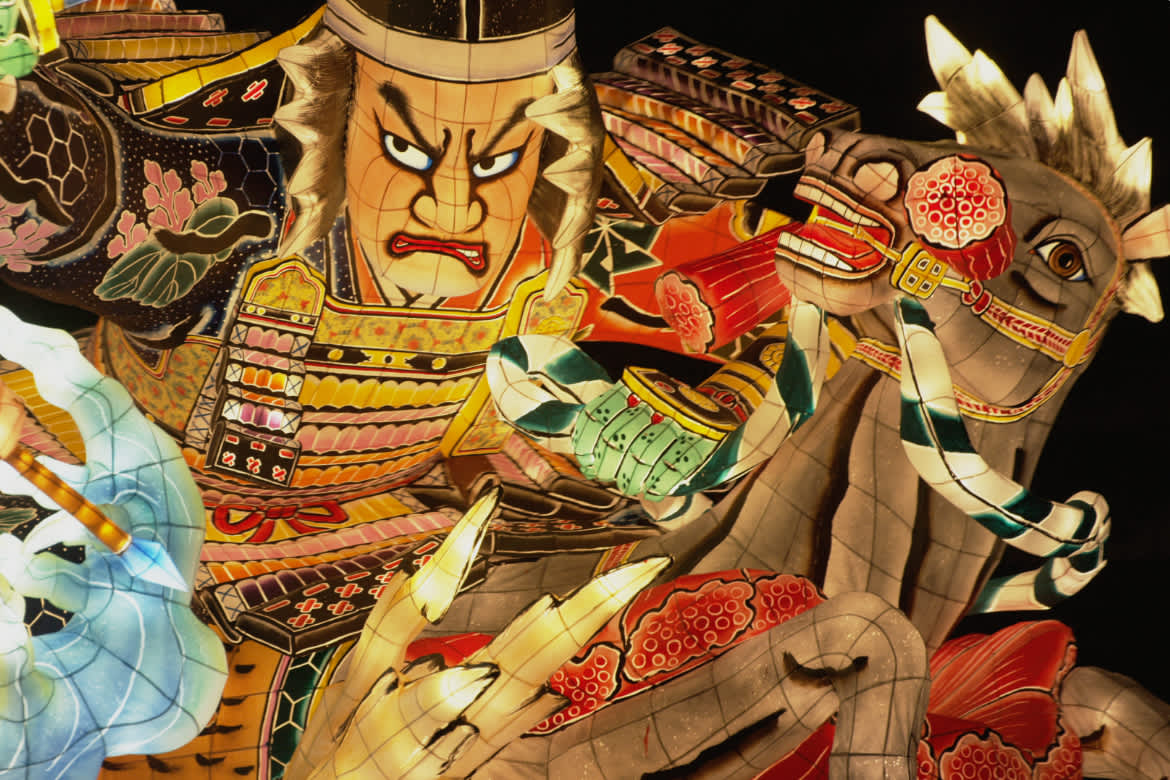
Tsugaru-han Neputa Village gives an excellent overview of the Tsugaru Domain’s contributions to Japanese culture. Step inside and beat the large taiko drums, or peer into the workings of an authentic, full-scale neputa float. Numerous traditional arts and crafts experiences are also available, such as polishing lacquered chopsticks in the distinctive Tsugaru style. For those unable to experience the festival in person, Chris recommends this village as “a fantastic place to appreciate the towering neputa floats and experience the powerful and imposing drumming that accompanies the festival firsthand!”
During your visit to Hirosaki, enjoy a live performance of Tsugaru shamisen while enjoying fresh seafood at Tsugaru Shamisen Izakaya Aiya. The shamisen is a three-stringed instrument that is played all around the country. However, the Tsugaru version of the instrument has a much thicker neck and strings, to match the region’s dynamic, percussive melodies, made famous worldwide by artists such as the Yoshida Brothers. When in Aomori, Chris says that “it would be a crime to visit without experiencing a live shamisen performance.”
On the outskirts of Aomori City is the Sannai Maruyama Site, a World Heritage site where you can truly appreciate the sheer length of Japanese history. Presumed to have been occupied from around 3,900 to 2,200 BCE, this site was a major settlement of the Jomon people, hunter-gatherers who once lived across the Japanese archipelago and were known for creating distinctive designs on pottery with strands of rope.
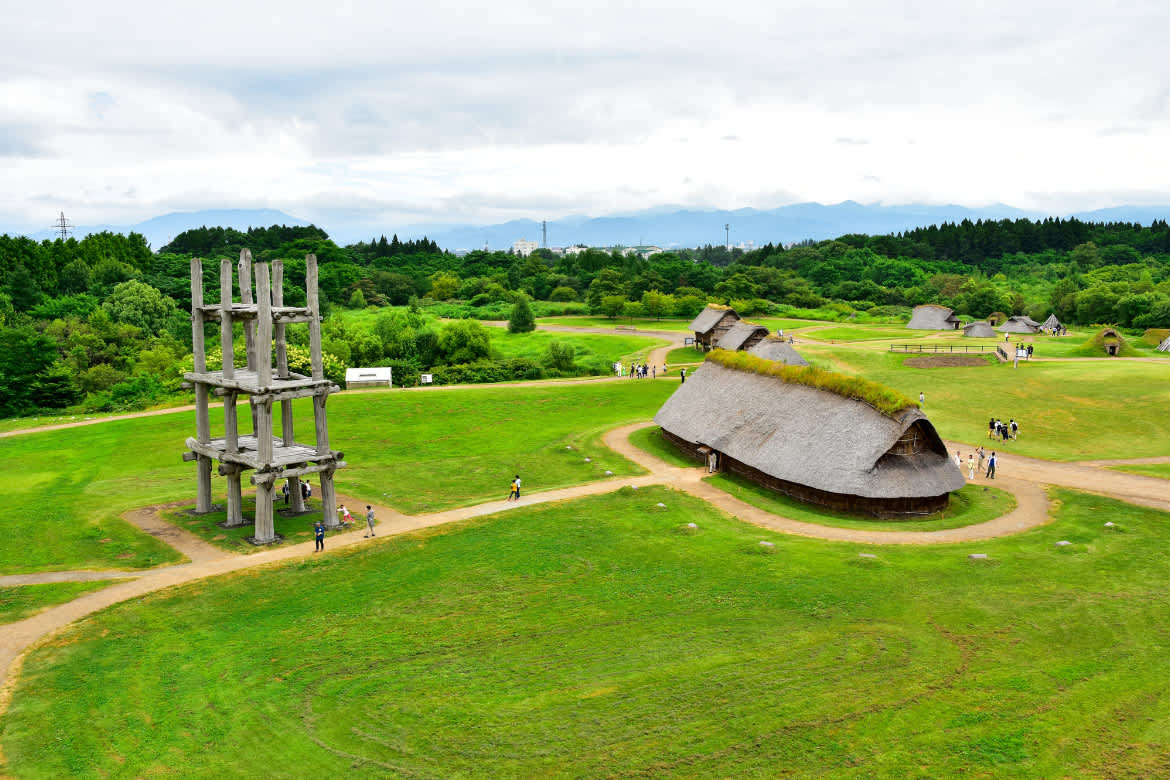
The site was originally slated for the construction of a ballpark, which was quickly shelved when workers turned up Jomon pottery shards, arrowheads, and shell mounds. Subsequent excavations revealed items such as jade from Itoigawa in Niigata Prefecture, indicating an impressive network of trade routes. Many of these artifacts (with multilingual panels) are on display inside the Sannai Maruyama Jomon Culture Center, while recreated pit dwellings outside allow you to travel back in time and imagine life in a Jomon settlement.
With ancient Jomon archeological sites, colorful neputa floats, fierce namahage and colourful folktales, Tohoku abounds with history and fascinating traditions that await adventurous travellers. After nearly a decade living in the region, Chris truly understands how “the mountain villages that protect and celebrate their cultural identities, mouthwatering dishes from regionally-sourced ingredients, and jaw-dropping scenery along the Sea of Japan coastline all make Tohoku a place where you can truly go off the beaten path and not only find yourself, but discover what makes Japan's countryside such an enchanting place to explore and experience.”
After this journey arching across Akita, Aomori and Iwate, perhaps you will see why Chris has made Tohoku his home.
Other Area
From the vast Sannai Maruyama Site, one of Japan's largest Jomon settlements, to the namahage of the Oga Pensinula, which have been added to the UNESCO Intangible Cultural Heritage list, experience the traditional folk customs of the Tohoku area, while enjoying Hinai Jidori free-range chicken, historic sake breweries, and the traditional cuisine of the Oga area.
Spot Details
-
Namahage Museum(MAP①)
Mizukuzawa, Kitaura Shinzan, Oga City, Akita Prefecture 010-0685
For more information
-
Oga Shinzan Folklore Museum(MAP②)
Mizukuzawa, Kitaura Shinzan, Oga City, Akita Prefecture 010-0685
For more information
-
Namahage-Daiko at the Oga Onsen Gofu(MAP③)
21-2 Kusakihara, Kitaurayumoto, Oga City, Akita Prefecture 010-0687
For more information
-
Yuzankaku Inn(MAP④)
52 Kusakihara, Kitaurayumoto, Oga City, Akita Prefecture 010-0687
For more information
-
Akita Hinaiya Odate Honten(MAP⑤)
21 Omachi, Odate City, Akita Prefecture, 017-0841
For more information
-
Iwate Tono Denshoen Park(MAP⑥)
6-5-1, Tsuchibuchicho, Tsuchibuchi, Tono City, Iwate Prefecture 028-0555
For more information
-
Takamuro Suikoen(MAP⑦)
7-175-2, Kashiwazaki, Tsuchibuchicho, Tono City, Iwate Prefecture 028-0553
For more information
-
Tsugaru-han Neputa Village(MAP⑧)
61 Kamenoko-cho, Hirosaki City, Aomori Prefecture 036-8332
For more information
-
Tsugaru Shamisen Izakaya Aiya(MAP⑨)
2-7-3 Tomita, Hirosaki City, Aomori Prefecture 036-8186
For more information
-
Sannai Maruyama Site/Sannai Maruyama Jomon Culture Center(MAP⑩)
305 Maruyama, Sannai, Aomori City, Aomori Prefecture 038-0031
For more information
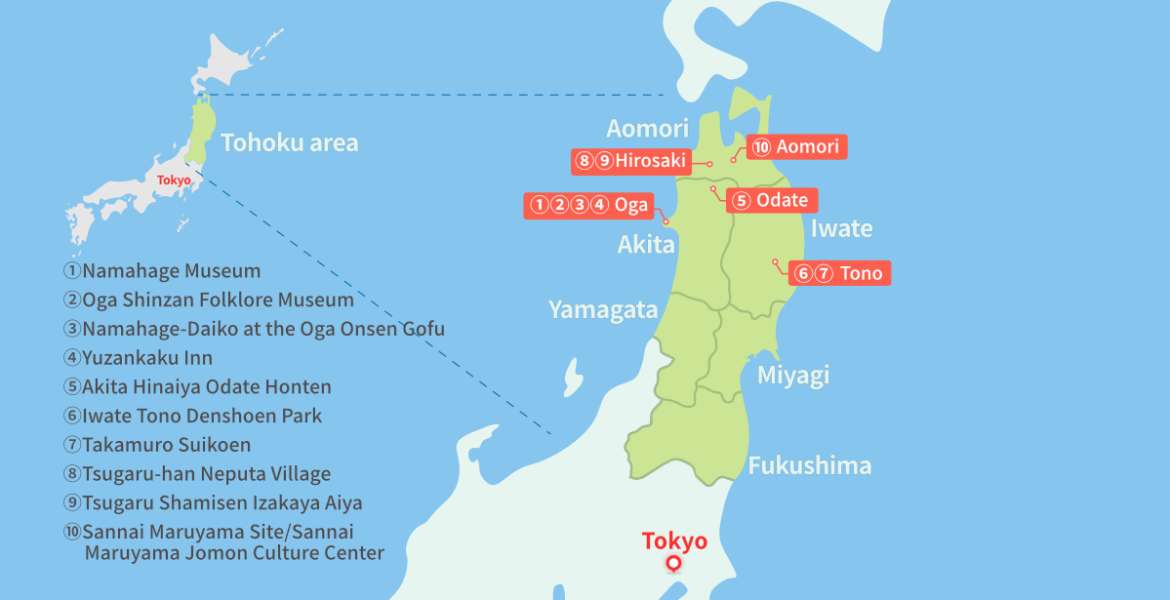
About Chris Broad

Chris Broad
Chris Broad is the creator of 'Abroad in Japan' - one of the largest YouTube channels based in Japan,
currently with over 2 million subscribers, 300 million views
and featured by the BBC, The Japan Times and The Nikkei.



























































